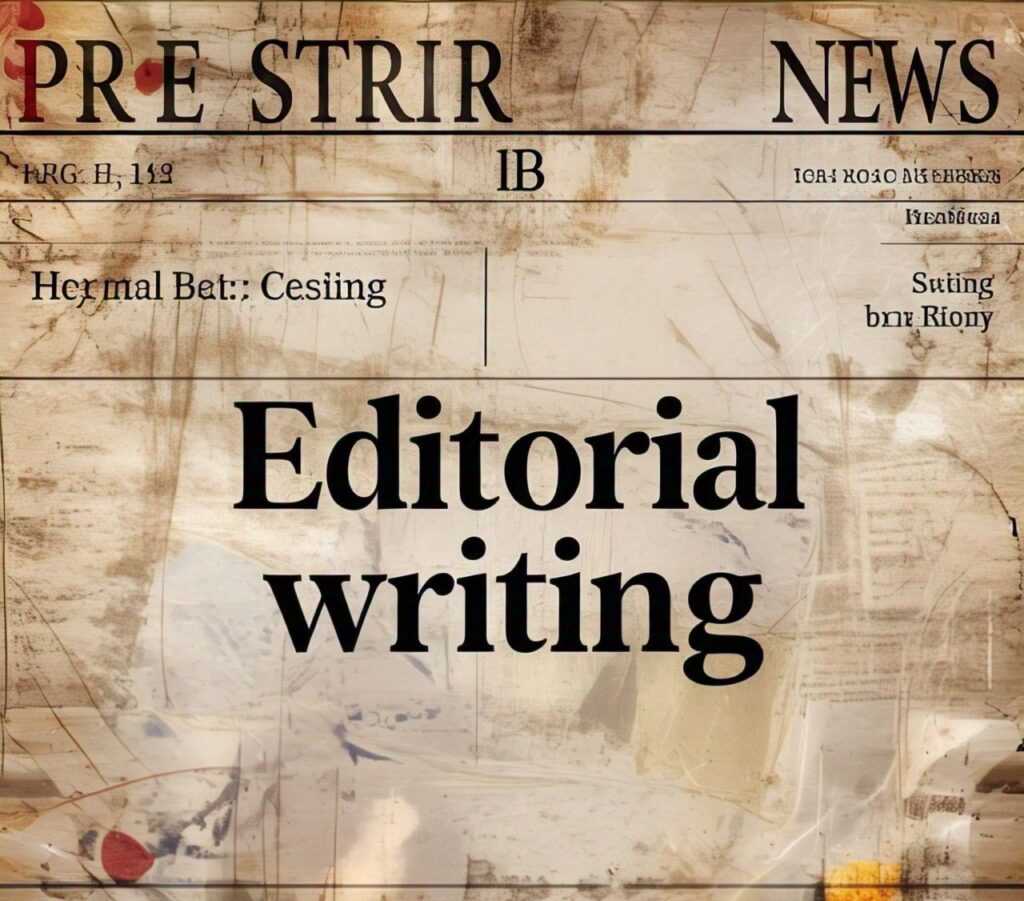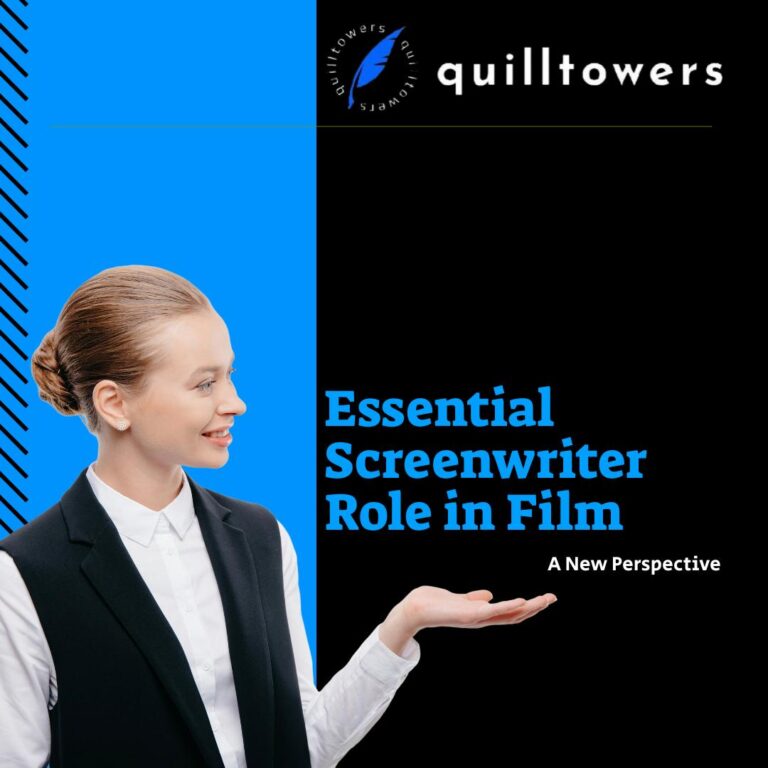Ultimate Secrets To Editorial Writing You Need Now
Like our previous post here about the secrets of academic writing, Quilltowers bring you the secrets of editorial writing this time. In case you miss them, you can always check our previous posts about different forms of writing here.
What is editorial writing? Journalists understand this one as the soul of newspapers. The experts define it as a form of opinionated writing that seeks to give the writer’s view on a current social, political or economic issue. Editorials are usually sent to a newspaper by its readers in order to give their opinion on a subject, which may be controversial or not. Editorials can be written to explain, criticise, applaud or persuade.
Perhaps you want to write an editorial to the Philippine Daily Inquirer or the New York Times about an issue you have an opinion on but you are worried that your article will not make the cut, these ultimate secrets of editorial writing are for you.

Features of Editorial Writing
The features of editorial writing include:
- Language: The language of an editorial article is meant to be simple but persuasive. It is meant to convince people to see things from your perspective. Whether your argument uses ethos, pathos, logos or a combination of all three is dependent on your subject. However, it is important to keep your words concise, simple and direct. Try to stay on topic without digressing.
- Style: Luckily for everyone, there is no strict style for editorial writing, unlike academic writing. Some editorial writers prefer to use satire and a little bit of sarcasm to pass their message while others prefer an aggressive approach. As long as you keep swear words out of your article, you should be fine.
- Research: Since an editorial article is your opinion, the readers need a reason to believe you. Your article should therefore be filled with verifiable facts before newspapers can accept it. Conduct your research about your subject before submitting an editorial.
Format of Editorial Writing
- Heading: Your heading contains the topic of the editorial you are writing. Before choosing one, conduct your research into an ongoing subject or a current issue around you. Your heading should be direct and seek to engage those interested in the topic.
- Introduction: It is always better to start an editorial with an opposing view of your opinion, especially if the topic is controversial. Then go ahead to disagree with these views by politely and professionally presenting your views of the subject in the body.
- Body: This will contain your view on the subject. The editorial’s body should be filled with your collected facts, your explanation, criticism or interpretation of the subject you are talking about. Remember, keep swear words, insults and other cheap form of opponent-shaming out of your article. In order to make your article stand out, you can suggest solutions for a problem you discussed. An alternative course of action makes your article worth the read better than an article filled only with criticism.
- Conclusion: Your conclusion should be simple and summarise the points you raised in your article.
Ultimate Secrets To Editorial Writing

First, never use personal pronouns in an editorial. Although they are supposed to be your opinion, you still should not use personal pronouns such as “I” or “Me” in your editorial.
Also, try to agree with some points that other views on the subject you are writing on make. This will lend you further credibility as your writing will be seen as a honest one. It will also give your article objectivity.
Finally, try to keep your articles to 500 words. Readers have a short attention span and the Editor knows this. Keep it short and simple.
Voilà! Your editorial will rise to the top of a newspaper’s priority when you keep to these rules and formats. But ssshhh, these tips are secrets. If you want more of them, however, you can always contact us.






